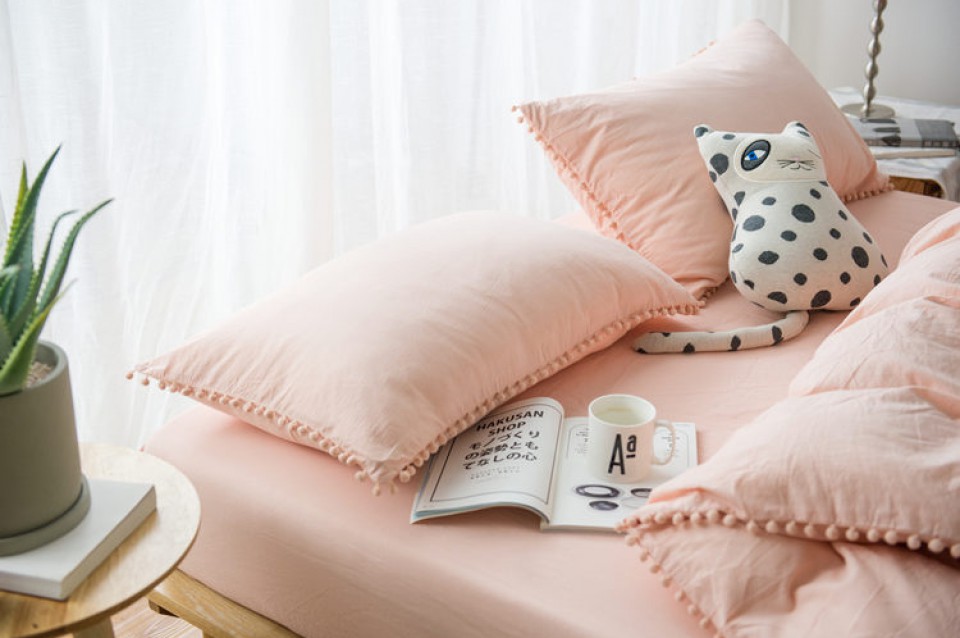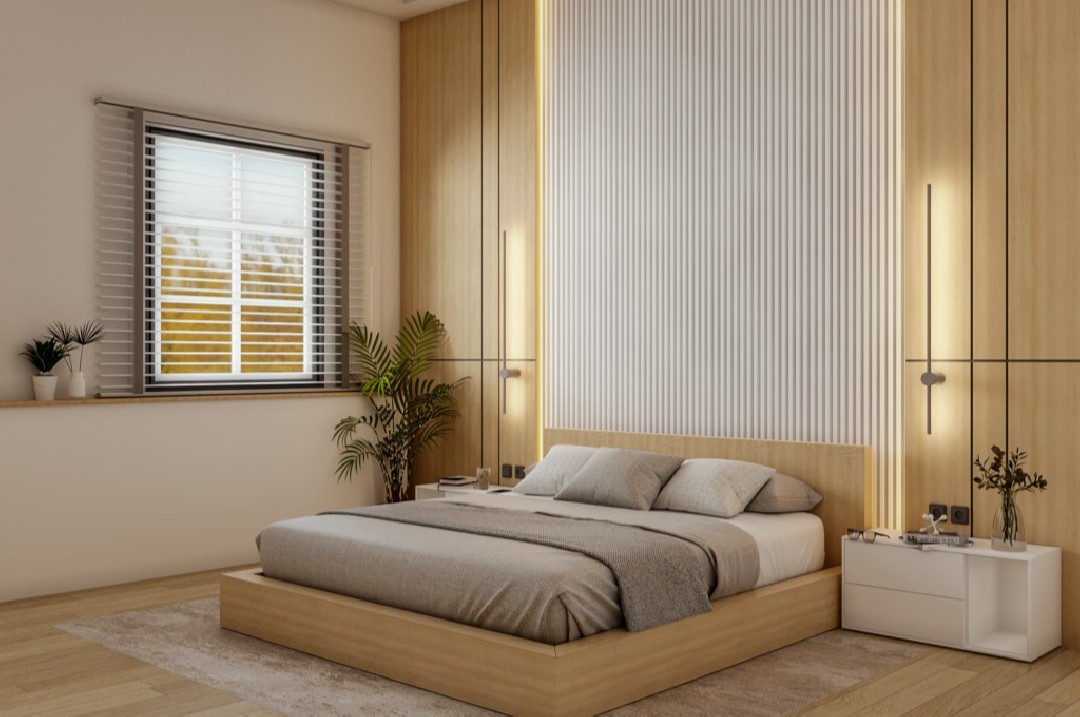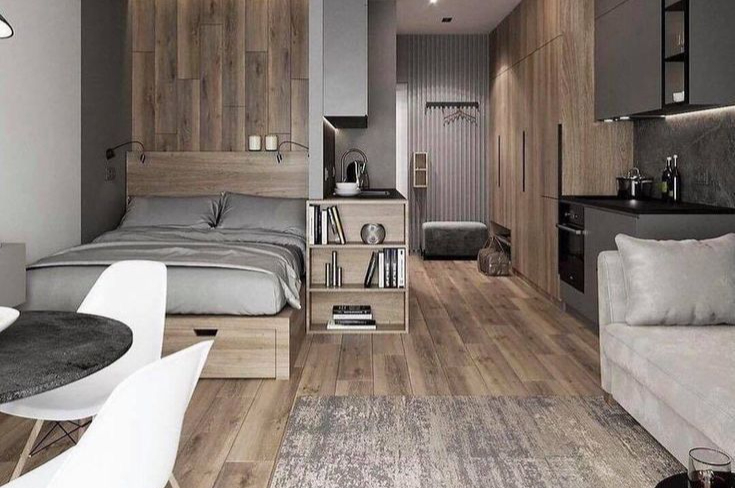9 Tips and Tricks for Designing a Japanese-style Minimalist Bedroom for a Calm and Aesthetic Atmosphere
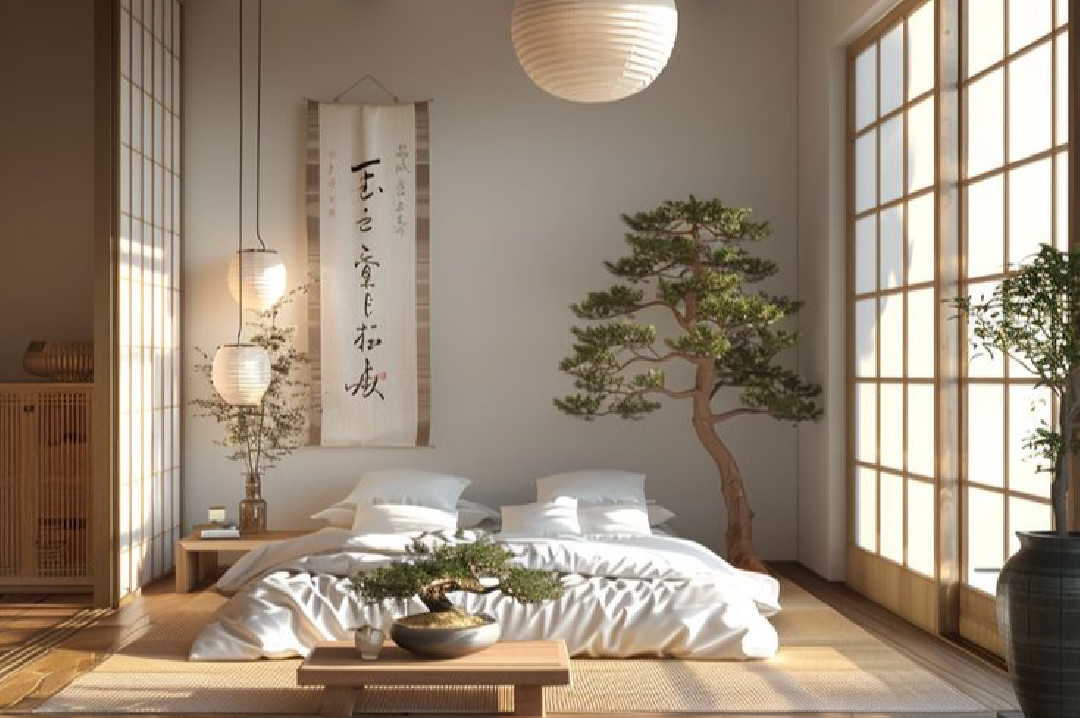
Japan is a country located in East Asia, Japan or what is often nicknamed the "Land of the Rising Sun". Japan is a country that is also famous for its distinctive style in designing everything from packaging, rooms, buildings, even interior designs, whose designs are minimalist, have many functions in them, and can still maintain the original nature of the object.
Japan has also produced many designers who are well known both domestically and internationally with various styles and different approaches in creating interior designs, some designers come from Japan and some are even famous internationally, namely. The following are several designers who are famous and have created designs with their own style:
- Shigeru Ban
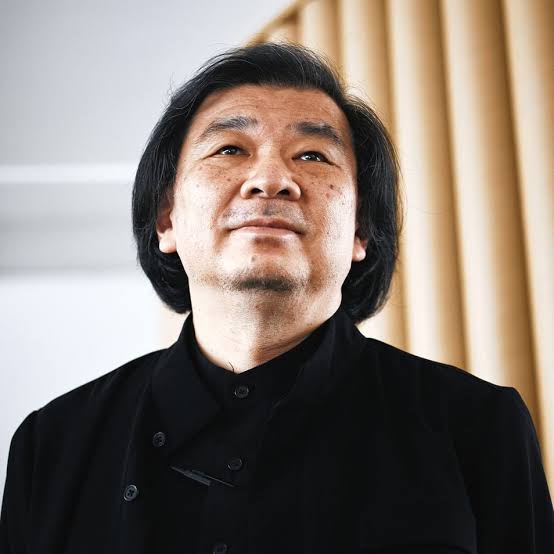
Source
Shigeru Ban is an architect who is famous for the interior designs he creates, he is known because in creating his interior designs he uses unconventional materials such as paper and cardboard which is a unique thing that not everyone can do. . Shigeru Ban's famous work is an emergency building structure for victims of natural disasters. - Kengo Kuma

Source
Kengo Kuma is also an architect who is famous for the designs he created. The designs created by Kengo Kuma are more directed towards a design approach that combines modern and traditional natural approaches. Many of Kengo Kuma's works can be categorized as modern works but do not lose their natural nature. Here are some famous works that have been created by Kengo Kuma: Toyama Glass Art Museum, Kabukiza Tower, and many others. - Kazoyo Sejima
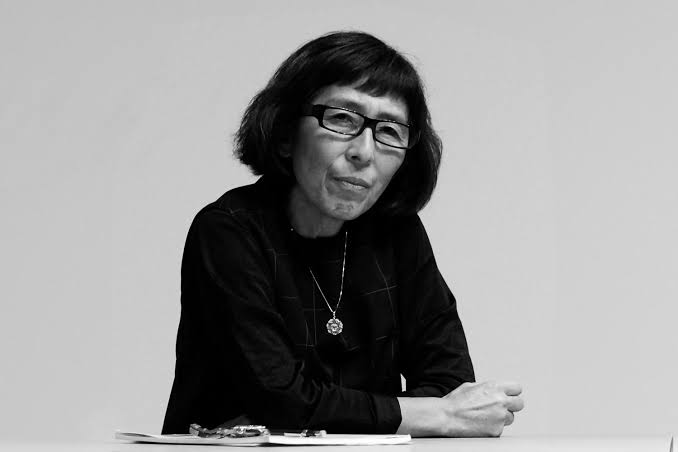
Source
Kazoyo Sejima is also an architect at the SANAA architectural firm and he is famous because in designing he chooses to use a clean, minimalist and transparent approach, and in creating buildings he often uses glass and transparent materials to create bright spaces. and open. The famous work created by Kazoyo Sejima is the Louvre Lens museum in France. - Nendo (Oki Sato)

Source
Oki Sato is the founder of Nendo, a well-known and even globally renowned design studio. Nendo has always been known for its playful design approach but still maintains minimalist and elegant elements with a modern and innovative touch. Nendo has worked on a variety of projects from furniture to interior design, with his work often featuring simple forms. - Isamu Noguchi

Source
Isamu Noguchi is a Japanese-American interior designer and artist who is famous for his works in the form of sculptures and furniture and is the most recognized sculptor of the 20th century. The works created by Isamu Noguchi are famous for their simple but meaningful works. which is very profound in every work he has created. Isamu Noguchi's most famous design is the iconic table design.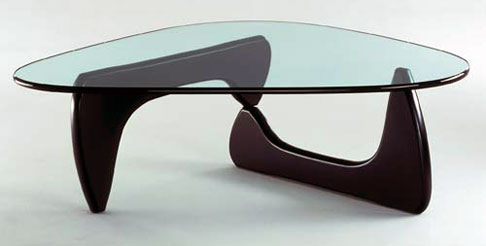
Source
From these people we can see that there are similarities in their designs. Japanese interior designers are famous for their simplicity in designing and creating designs, their use of natural materials, the use of unique materials, and their appreciation for clean and clean spaces. organized to create a comfortable room. In designing, they apply many of the concepts of Wabi-Sabi (Beauty in Imperfection) and Ma (use of empty space) which can also play an important role in many of the works of Japanese interior designers.
Wabi-Sabi and Ma themselves are traditional Japanese aesthetics that have been around for a long time and these two things are a worldview that is centered on the acceptance of mortality and imperfection. which we can hardly find in other areas. and this is also the basis for every designer from Japan who wants to create a minimalist design.
The following are some tips and tricks that might be used as suggestions in designing a bedroom or bedroom in a minimalist style as has been created and carried out by the designers mentioned previously, and also applying several principles, especially those that are usually used by Japanese designers. use namely Wabi-Sabi and also Ma. Thus, these are tips and tricks that can be used in designing rooms to be minimalist and orderly.
Tips:
- Use natural materials: Choose furniture made from wood with natural textures or rough linens to add a natural, organic feel.
- Accept imperfections: Don't worry about small scratches or cracks on furniture or accessories. This adds character and uniqueness.
- Empty space for balance: Leave some areas in the bedroom empty to create harmony and make the space feel more spacious. For example, don't fill the walls with excessive decorations.
- Natural and artificial lighting: Make use of large windows to let in natural light during the day. Add lamps with soft light to create a warm atmosphere at night.
Respect natural processes: Let natural wood or linen furniture fade or age with time. This creates natural beauty over time.
Tricks:
- Simple and functional: Avoid too much decoration. Choose furniture that has a simple function and design to create a comfortable and calm space.
- Balance between objects and space: The layout of the furniture should create harmony with the surrounding empty space. For example, place the bed in the middle of the room so it doesn't feel cramped.
- Multifunctional furniture: Choose furniture that is not only aesthetic but also functional. For example, a bed with hidden storage drawers to maintain order.
- Connect with nature: Add natural elements such as small houseplants or wooden elements to create a stronger connection with nature indoors.
From the things above, we can find out various ways to design a room in a minimalist Japanese style.
Conclusion:
Wabi-Sabi is a teaching that teaches us to accept imperfection as part of beauty, emphasizing the use of natural materials and functional design. Ma, the concept of empty space, emphasizes the importance of balance between objects and space, creating a spacious and calm atmosphere. The Japanese designer's mindset focuses on function and aesthetics, using elements that are natural and connected to nature.
By applying these principles, the bedroom can become a place that is not only aesthetic, but can also become a place that can provide calm, comfort and peace for the occupants of the bedroom.




